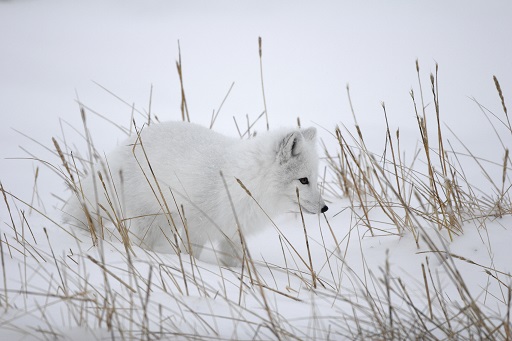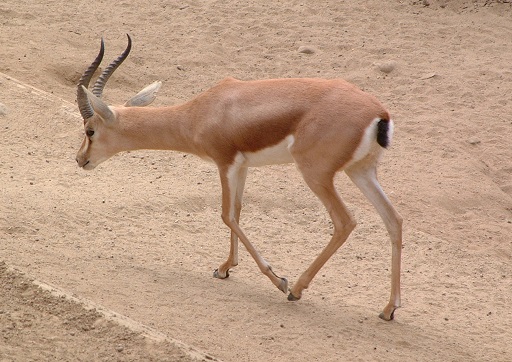Introducing mammals
Introduction
Mammals come in a bewildering variety of shapes and sizes, and yet all species have some characteristics in common. Indeed, it’s the existence of these common features that justifies the inclusion of all such diverse types within the single taxonomic group (or class) called the Mammalia.
This free course, Introducing mammals, offers a starting point if your interest has been sparked by a TV series or you are going on to study animals or mammals in other courses.
Almost every environment that can support life has mammals amongst its fauna. Even in extreme environments it is possible for some mammals to survive. In the North Polar regions there are terrestrial mammals such as polar bears, arctic foxes, arctic wolves, hares and lemmings. Amongst the mammals in the Northern polar seas there are several species of whale.
A hot arid desert, where there is very little rainfall, is a hostile environment for animals, yet both small mammals, such as the kit fox and large mammals like the Dorcas gazelle inhabit such deserts.
Clearly these mammals are well adapted to the conditions that they live in.
If you think about all the mammals that you have encountered, as well as those you’ve seen in photos and TV programmes, it is apparent that mammals are very diverse in geographical range, in size, in form and in function. They have also been influenced by the presence of humans (another mammal) more than any other animal group. The study of mammals displays their rich diversity, but also highlights the common features that define the group.
This OpenLearn course provides a sample of level 1 study in Environment & Development [Tip: hold Ctrl and click a link to open it in a new tab. (Hide tip)] .



